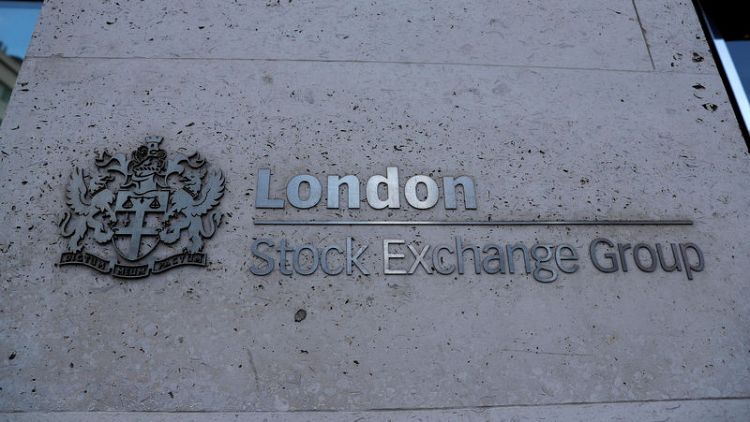By Helen Reid
LONDON (Reuters) - Analysts' coverage of British blue-chip and mid-cap stocks has shrunk since new EU regulations forced brokerages to charge investors for research, but has actually risen for companies on London's Alternative Investment Market (AIM), data shows.
The somewhat counterintuitive uptick in coverage of AIM stocks highlights how brokers have honed in on alternative revenue streams since the European Union's MiFID II rules came into effect a year ago.
The number of analysts per stock listed on AIM rose 7.6 percent since MiFID II came in on Jan. 3 last year, data from Hardman, an equity research provider, showed on Tuesday.
Coverage of mid-cap AIM stocks - with a valuation of 200 million to 600 million pounds ($255 million-$766 million) - increased by 11.3 percent, according to the data.
AIM is a growth market provided by the London Stock Exchange, aiming to connect mainly small, early stage or venture capital-backed companies to capital.
Research coverage across the London Stock Exchange's main market stocks dropped 7.5 percent in the past year, and fell 3.1 percent for mid-cap stocks, Hardman's figures showed.
A Reuters analysis using Refinitiv data also found coverage fell across Europe's main exchanges and small-cap indices.
"There's a big community of people and a pool of money that has to invest in AIM stocks," explained Hardman CEO Keith Hiscock.
AIM stocks are more attractive to some investors as investing in many of them is exempt from inheritance tax, and the Enterprise Investment Scheme (EIS) - a tax relief scheme run by the UK government - also incentivises investment.
Some venture capital trusts (VCTs) also focus solely on the AIM market, adding to demand for research on AIM stocks.
On the supply side, brokers have an incentive to beef up research on AIM companies which could be a source of revenues through roadshows and capital raising, Hiscock said.
"If you're a broker these days you really want to focus on raising money for companies - that's where the margin is - and you need to be well connected to the people who manage that kind of money," he argued.
Smaller companies and those listed on AIM have also increasingly had to make use of research providers paid for by the company itself - like Hardman - as more of the big banks and brokers cut their coverage.
"It's becoming much more mainstream now to employ a sponsored research house," said Hardman's Hiscock. "Whereas it used to be pretty common at [a market valuation of] 100 million pounds, now it's companies up to 1 billion pounds."
($1 = 0.7838 pounds)
(Reporting by Helen Reid; Editing by Josephine Mason and Susan Fenton)



